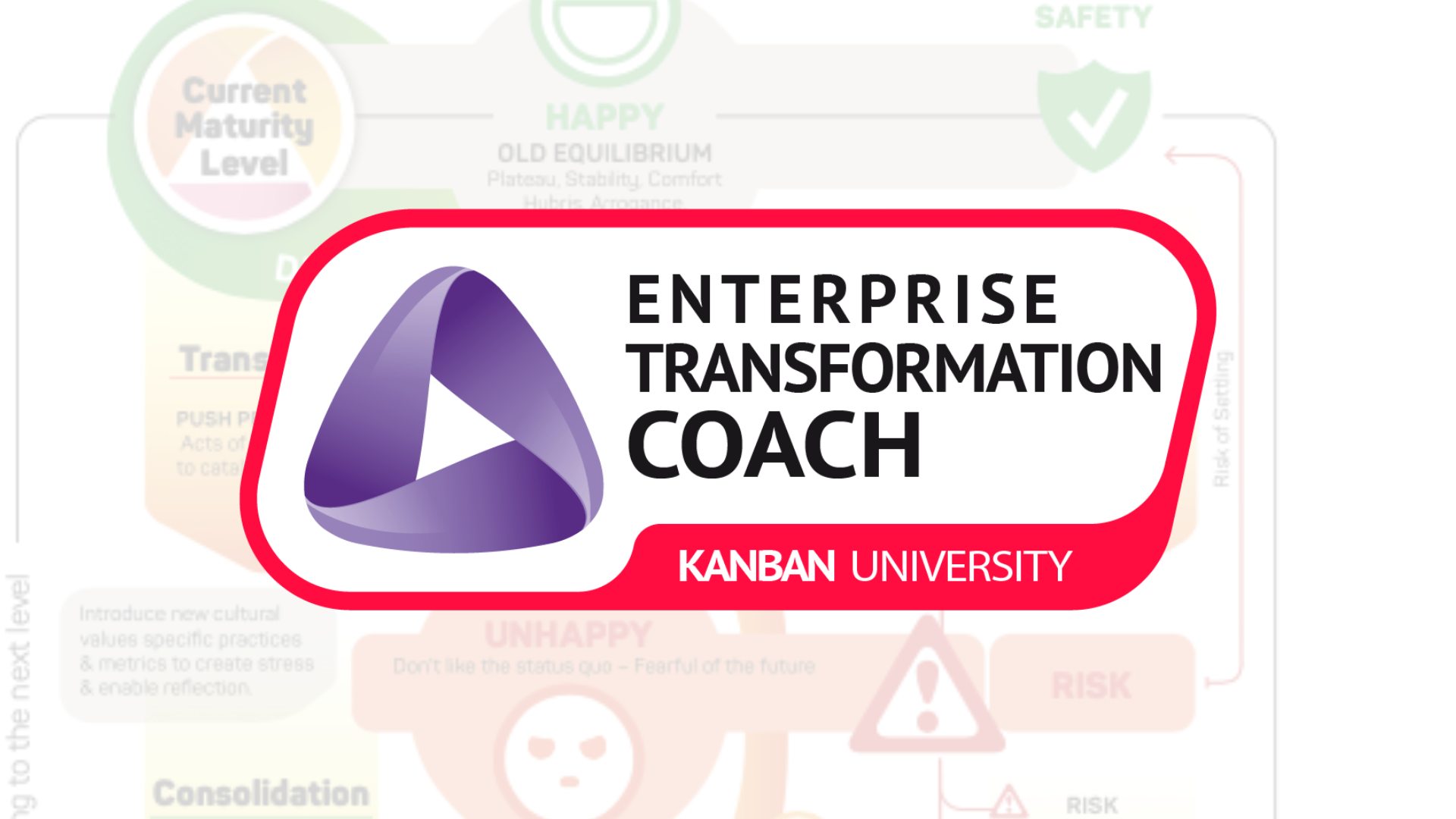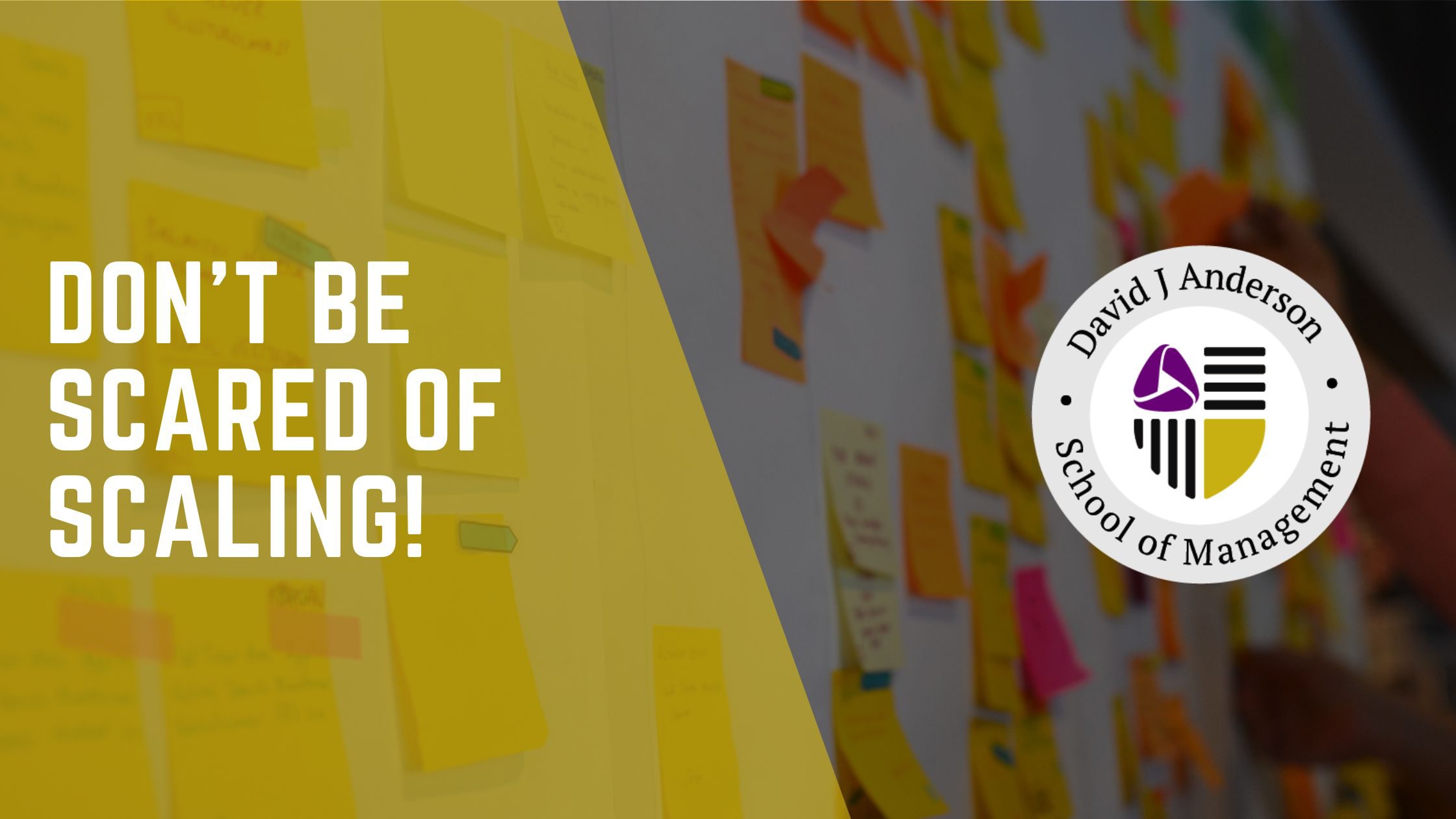Change Might be Just Around the Corner
A long, long time ago… I spent 9 years learning Latin. The first 4 years – every Friday, and then another 5 years – every Tuesday, each of us had to stand up and recite our weekly ration of proverbs, grammar rules, poems, and translations. What do I remember after 12 years? Mostly aurea dicta – golden thoughts of ancient philosophers and great minds of that times. “How does this apply Kanban?”, you ask. Very simply.
There is only one short sentence which stands between you and the first Kanban implementation in your life:
Dimidium facti, qui coepit, habet; sapere aude, incipe.
“He who has begun is half done; dare to know; begin!”
– Horace, Epistulae
We know that Kanban can be overwhelming! If you feel that way too, start with implementing one of the first rules: do it slowly, approach it in an evolutionary manner. Small steps, one by one.

Don’t try to introduce the whole set of 150+ practices at once. Actually, you know what? Forget about them! When you start, focus on the very first row from the KMM “Practices” poster – Maturity Level 0.
Looks better, doesn’t it?

Characteristics of Maturity Level 0
What can we learn about ML 0 from “Kanban Maturity Model”?

- This is the individuals’ level
- The individuals are responsible for handling their own tasks and “getting things done”
- At this level, we don’t talk about collaborative working, rather loosely affiliated groups of individuals
- Kanban practices are focused around individual Kanban boards
- We start to observe initial WiP limits, triage discipline, personal commitments, and uncommitted backlog
- The quality and consistency of work done, or services performed is entirely associated with individuals and their capabilities, skills, experience, and judgment
- A sense of achievement is important for an individual’s happiness and fulfillment
Now let me show you, how to translate the poster into something very tangible – an individual Kanban board.
Visualize
Let’s see first, what Kanban Maturity Model says about visualization practices at ML0.

VZ 0.1 Visualize a person’s work by means of an individual kanban board

The intent of the Next column:
- To relieve the person from overburdening by the large number of tasks they have in the backlog,
- To let people focus on those tasks that are In Progress
- To complete these tasks without losing time due to multitasking
The Next column can be replenished by selecting items from the Backlog column at a certain regular cadence (e.g. weekly or daily). The Next column may be also replenished as soon as work item in pulled into In Progress or on demand.
Let’s see, what KMM book says about the “Next” column:
“Each board column explicitly shows the task’s states: Backlog (a list of all pending tasks), Next, In Progress (currently doing), and Done (completed tasks). The intent of the Next column is to relieve the person from overburdening or feeling crushed by the weight of the large number of tasks they have in the backlog, to let them focus on those tasks that are In Progress, and complete them without losing time due to multitasking. To use the language of Gestalt theory in psychology, items in the Next column, together with those in the In Progress column, are “open,” while those in the Backlog and Done columns are “closed.” The introduction of the Next column is required for this effect to be true; without it, the Backlog remains open, and consequently a psychological weight bears down on the individual.”
Completed items go directly to the Lead Time histogram. You will see it on a picture below.
Another visualization techniques you may find useful:

VZ 0.2 Visualize basic work item related information on a ticket

You may also:
- add a short summary
- information on when a work item was requested
- information about whether item is waiting for external input
- add the name of the requestor
Limit Work in Progress
LW 0.1 Establish personal WIP limits

Keep the size of the work items small enough to observe how they flow across the board – movement is flow, too large and the tickets will move very seldom. Small things achieved frequently have a greater positive impact than a large thing or batch of things completed infrequently.
The picture below shows the tickets stacked in a histogram with the lead time on the x-axis and the tickets that took that amount of time, stacked vertically, with the height on the y-axis showing the popularity of the number of days of time tickets take from start to finish.
The initial limit in the Next column on this board was ‘7’. It resulted in a longer lead time, which you can observe here:

Initially a high WiP limit in the Next column resulted in a longer Lead Time (up to 9 days) and unpredictable flow (some of the items took 1-2 days to finalize, but max observable lead time was 9 days).
Decreasing the WiP limit in the Next column to ‘5’ and then ‘3’ helped to stabilize Lead Time at the level of 1-5 days.
Manage Flow
MF 0.1 Categorize tasks based on the nature of the work and its urgency, importance, and impact
Consider the following aspects when you categorize tasks:
- the nature of work that must be done (the essence of the task, skillset, scale, and complexity of task)
- urgency of the work
- importance – the significance or value of the outcome
Help yourself with different visualization techniques like ticket colors or separate swimlanes.
Make Policies Explicit
XP 0.1 Make the rules for the individual kanban explicit
Eliminate randomness from your process. Simple rules will help you to organize your work and carry it out with less stress.
Initial rules can answer the following questions (of course, this is not an exhaustive list):
- How do I decide what to focus next?
- What are my WiP limits?
- What is the cadence of my Next column replenishment?
- What the ticket colors on my board mean?
Implement Feedback Loops
FL 0.1 Engage in personal reflection
The aim of Implement Feedback Loops at Maturity Level 0 is to create the habit of developing an understanding of the actual situation of work before taking actions.
- Review and reflect on finished work items – what helped you to complete your tasks?
- Did you exceed WiP limits? If so, why did it happen?
- Think about the size and complexity of the tickets – are they small enough to allow for seeing the progress and reacting immediately in case of issues?
- Is all work visualized on the board?
- What can you improve? Do you procedures require update?
Summary
Maturity Level 0 is the first step on the way of introducing Kanban to your life and organization.
Implementing even those very basic kanban practices will help you to:
- organize the chaos
- remove overburdening
- plan your work
- grow in ownership and accountability
- release your creativity
Kanban is so easy to start with, that even 4-year old children can successfully use it:

Do not wait and dare to begin!





